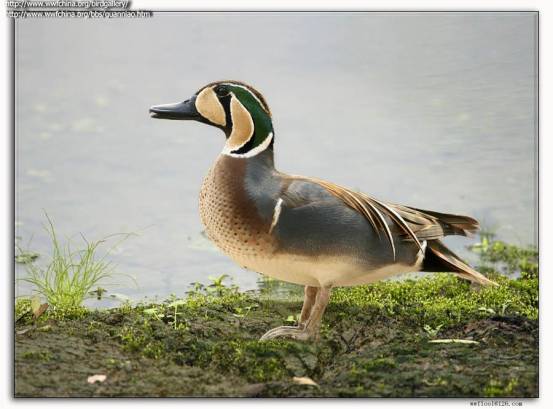
Replacing
the Utilitarian Aesthetics with the Need Aesthetics
―― and Analyzing Avian
Colorful Feathers as Evidences
Lu,
Chenguang
Abstract: The Utilitarian aesthetics initiated by Socrates was criticized again and again because its defects. Yet, it is very far-fetched for anti-utilitarian aesthetics to explain the inevitability of beauty sense. The author found that the arguments between utilitarians and anti-utilitarians came from the common doctrine: satisfaction is necessary cause of pleasant feeling. If we replace utility with need, or replace dissatisfaction with satisfaction, then it will be much easier to explain various aesthetic phenomena. So, the author proposes the need aesthetics, which is based on a feedback control model. This theory can not only resolve aesthetic problems, but also resolve the evolutionary problem: why insects and birds feel some forms beautiful? To prove convectively that there is relationship between avian aesthetic mentality and their need, the paper provides a number of pictures of birds with beautiful feathers.
Pictures in the paper

Fig.
1 Foods that tast good or smell
good also give us beauty sense

Fig.2 Both of them have similar utility, but only that we like to approach can be beautiful

Fig.3 A house will be more beautiful from eyes of hoboes who have no home than that from the owner, because lack of utility is cause of beauty sense.

Fig. 4 keet with purple-corn-like form and pheasant with pinecone-like form. Female birds sexually selected the male birds with such feather. Female initial appreciating mind came from their foods need.

Fig. 6 Birds’ spike-like feathers reflect their food needs

Fig.
7
Female Canadian geese with form of surface of lake and Banded
Rail with form of surface of swampland. Birds’ shapes indicate the
environments they like to live.

Fig.
8 Geese like island to live has island-form on neck.


Fig. 9 Male face-colorful duck has face with shape of island and river

Fig.
10 the bee-bird with flower-like feather on head and crane with “a red fish”
on head

Fig. 11 Food need create their beauty sense to red fruits. Female’s sexual selection conserved male’s aberrance.

Fig. 12 Ruff with “a swimming fish” on head shows his beauty (ruff like to find fish in water) and gold finch in the right has form similar to sunflower because he like to eat sunflower seeds very much.

Fig. 13 Male wood duck has a head similar to snail and male green duck has a head similar to another kind of snail because snails are the best food in duck's history.

Fig. 14 King Eider has a head similar to another snail

Fig. 15 Male mandarin duck has the appearance similar to a clam protruding flesh body.

Fig.
16 Tragopan must like to eat grasshoppers

Fig. 17 lyrebird must like top eat worms.

Fig. 18 anteater has "ants' nest" on body probably for beauty
For
more Lu’s papers see http://survivor99.com/lcg)